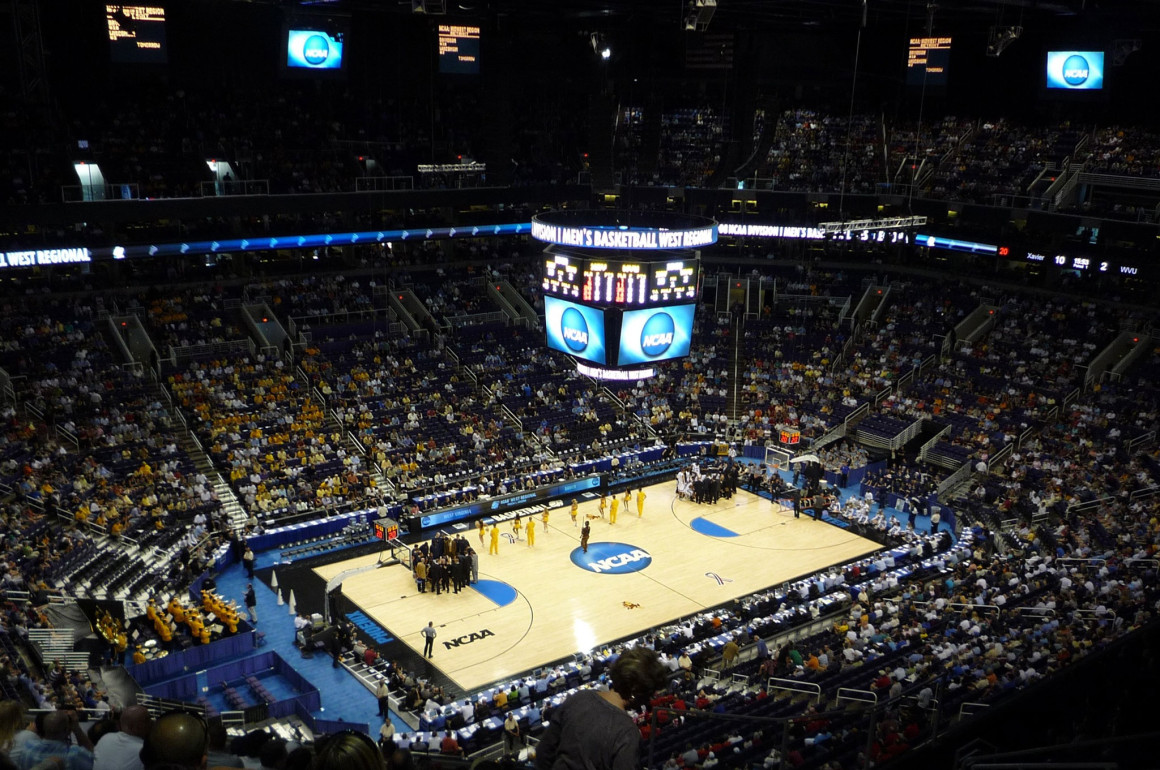
The mad money of March Madness
By Ashton Chugh, March 19 2015 —
Every year following the Ides of March, doctors in America see a 50 per cent spike in vasectomies.
The rise in this medical procedure, which requires extensive bed-rest, coincides with the first four days of March Madness. The tournament pits the NCAA’s best 64 men’s basketball teams against each other in single-elimination matches that run March 20 to April 7.
Half of the 64 teams will be eliminated in the first four days, which is why the tournament garners so much attention. Also, it’s one of the few events where past U.S. presidents are seen courtside supporting their alma mater.
A lot of money is at stake during the tournament, and a university’s reputation can rise and fall with it’s outcome. For example, teams that do well often see a subsequent increase in enrolment applications the following year.
The schools that spend the most money on their basketball programs usually perform the best in the tournament. Over the past three years, the University of Louisville spent $47.5 million, Duke spent $45.3 million and this year’s tournament favourite, the University of Kentucky, spent $45 million.
Unlike the NBA, college athletes are not paid under university regulations. Instead they play via the incentive of having their game broadcasted to the world, serving as a potential stepping stone to the pros. However, most of the athletes won’t make it to the NBA, so we get to watch them play their most important games at the end of their careers.
The games are shorter than in pro-leagues, and start times are staggered across the east to west time zones in America. Therefore, the tournament is structured so that the viewer sees nine hours of each game’s dramatic last minutes play out, all back-to-back.
The NCAA nets over $1 billion from TV advertising during March Madness. Mark Emmert, president of the NCAA, says that the reason student-athletes do not receive any share of the profit is because they are not university employees.
Emmert isn’t the only one who profits off of college athletes. Filling out a tournament bracket is one of the biggest parts of March Madness.
Instead of picking an individual team, you cheer on the selection of teams that make up your bracket. Gambling outfits and media partners alike offer a variety of ways one can predict their favourite teams to win. Whoever picks the most teams to win in the tournament is awarded a share of the pooled cash.
Despite $9 billion being wagered on the outcomes last year, no one has ever managed to predict an entire bracket. The odds of predicting a perfect bracket are so low that Warren Buffet offered $1 billion to anyone who picked a perfect bracket last year.
